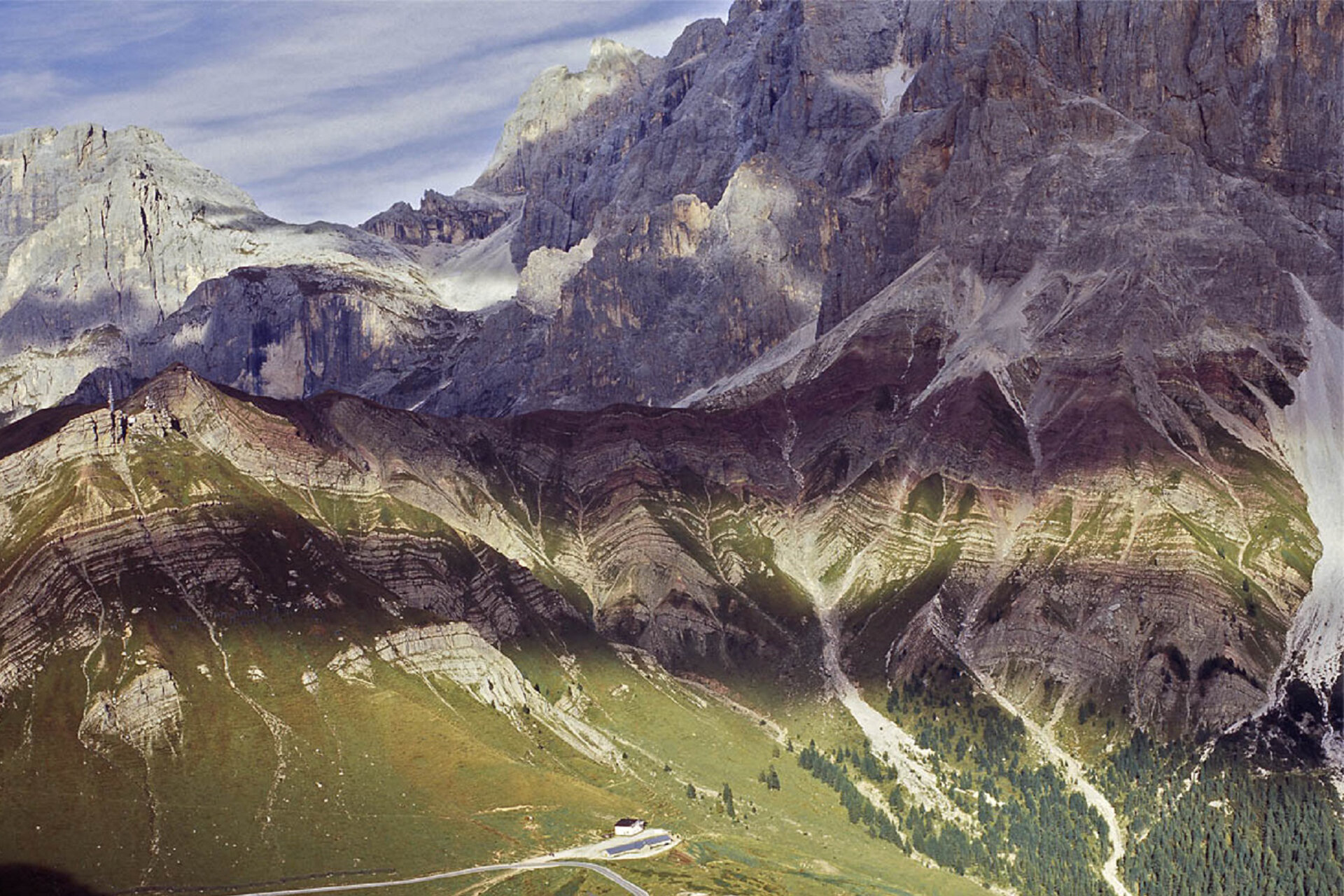
THE GEOLOGICAL HISTORY OF THE DOLOMITES, FROM PERMIAN DRYLAND RIVER SYSTEMS TO
MIDDLE TRIASSIC REEFS
Leaders: Anna Breda (University of Padova, Italy), Nereo Preto (University of Padova, Italy)
Description: In the Late Permian, the Dolomites were a flattish land occupied by dryland rivers and coastal sabkhas. The Permian-Triassic boundary came with the most severe mass extinction of the Phanerozoic that wiped out Permian continental environments. The overlying Lower and Midde Triassic marine deposits tell the story of a deepening sea, diversifying depositional environments, and reef builders forming carbonate platforms as tall as 1000 meters. The fantastic and unique landscapes of the Dolomites mountains, characterized by green meadows and plateaus adjacent to white peaks and crags, are due to the closeness of dolomite and limestone, resistant to erosion, and recessive terrigenous/volcanoclastic rocks. In a 1-full-day excursion, the Permian to Middle Triassic stratigraphy will be illustrated on scenic mountain views and along easy trails in the area of the Pale di San Martino, western Dolomites.
Logistics/recommendations: We will be hiking at altitudes around 2000 m a.s.l. along easy trails. We anyway recommend trekking or mountain boots supporting the ankles. Street shoes or tennis shoes will not suffice. July can be very hot also at high altitudes: hat, lotion and sunglasses are advised in the rucksack, as well as abundant water to avoid dehydration. At the same time, warm clothes and a rainproof jacked are necessary, in case of bad weather. Some stops will be along main roads, you will be asked to wear your reflector-jacket and pay attention to the cars passing through.
The price includes:
Bus for the entire trip
Lunch at restaurant
Dates: 5th of July
Participants (min., max.): 10 min - 30 max
Cost: 100 €

